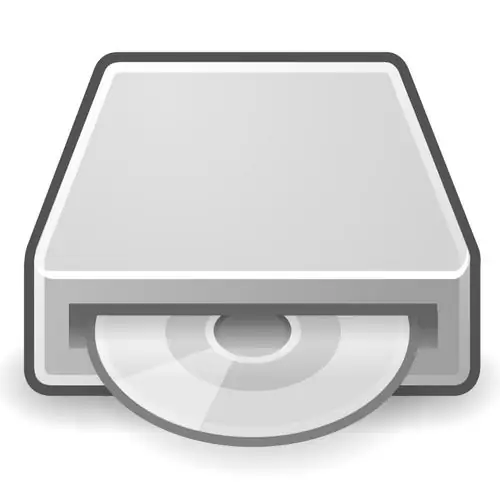Among the whole variety of file formats, one cannot but single out the formats of disk images. What is it and why are they so named? A disk image is an exact copy of it, which serves to preserve the original functionality. Sometimes creating images is extremely important, for example, you have a rare disc in your collection.

Necessary
- Software:
- - Daemon Tools;
- - Alcohol 120%.
Instructions
Step 1
The disk image is created for permanent use. The so-called virtual disk is mounted on a virtual drive. The disk image and virtual drive were designed from real disks. Several programs have been developed to create and manage disk images. Recently, the number of such programs has increased significantly, but a couple of programs can be distinguished that faithfully serve hundreds of thousands of personal computer users.
Step 2
The first program that can be considered as the main application for working with virtual drives will be Daemon Tools. The program itself is a kind of emulator for virtual disks. This utility works with almost all formats of created images. After installing the program, you need to start it by double-clicking the left mouse button on the lightning bolt icon.
Step 3
The program does not have a main window, all control is carried out through the context menu of the program icon, which is located in the tray (next to the clock). To open the context menu of the program, right-click on the icon and select Virtual CD / DVD-ROM. In the additional menu that opens, you will see the line Device [name of the virtual drive] No media ".
Step 4
To load an image into a virtual drive, click Mount image and specify the path to the folder with the disk image, then select the image file and click the "Open" button. To unmount the virtual drive from the mounted image, click Unmount image.
Step 5
The Alcohol 120% program works on the same principle, and the front of the tasks performed by these programs is the same. The only difference is the presence of a graphics window in the Alcohol program. The lower part of the main window contains the names of the drives installed in the system, as well as virtual drives, i.e. created by the program.
Step 6
To load an image into a virtual drive, use the context menu of any of the existing virtual drives (right-click on the drive). From the list that opens, select the "Mount Image" command and in the "Explorer" window specify the path to the file. Unloading a disk from the drive is carried out using the context menu and the Unmount Image command.






